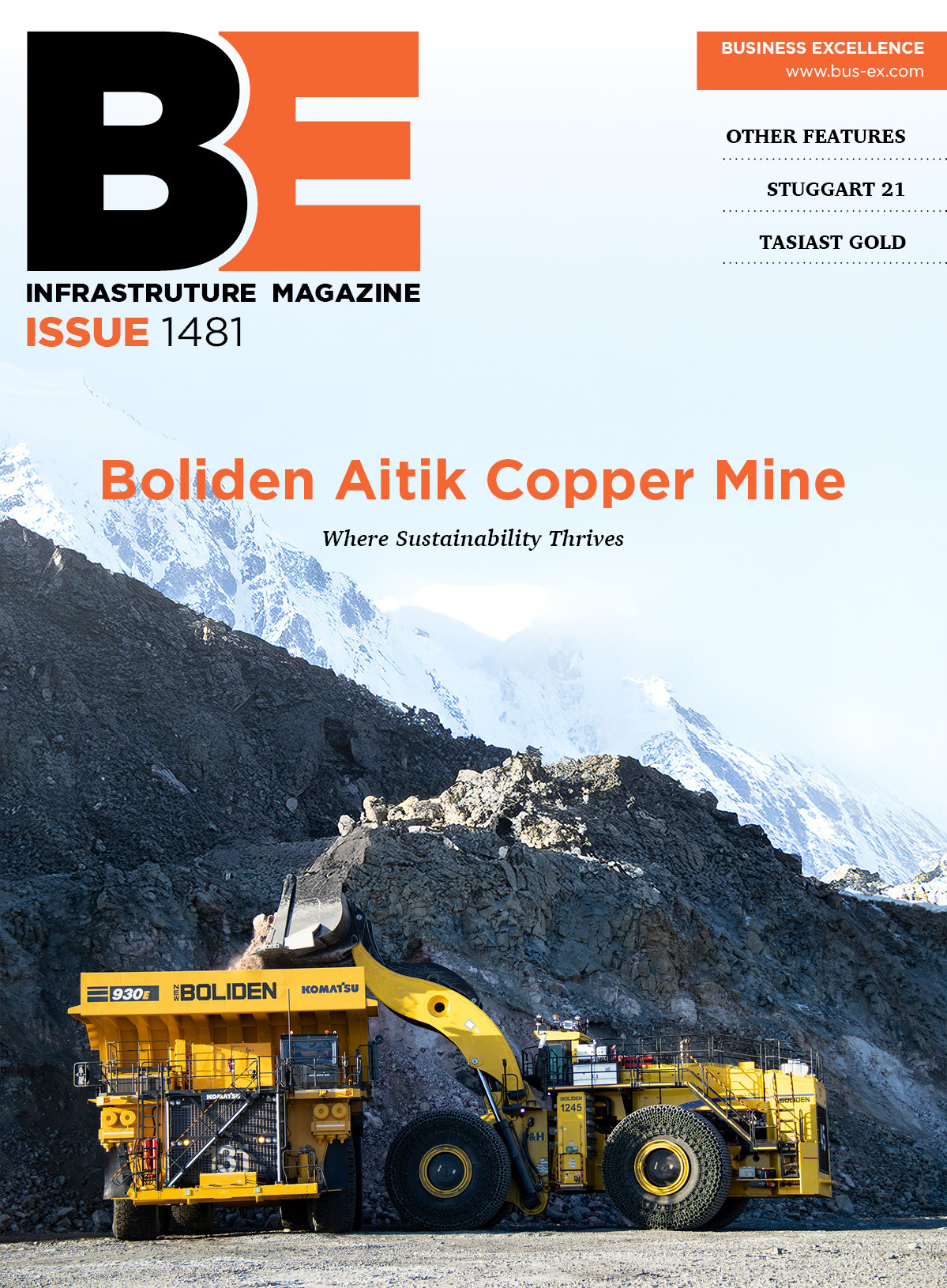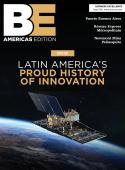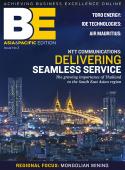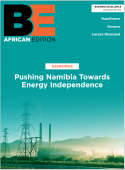Running on empty
When the market overheats it can have far reaching implications, as Alan Swaby learns while talking to one of South AfricaÔÇÖs leading tyre producers.
ItÔÇÖs inconceivable to think that motorists wouldnÔÇÖt be able to get the replacement tyres they wantedÔÇöregardless of how exotic a car they driveÔÇöwithin a few days or so at the very most. But at the heavy end of the tyre spectrum, this has, on occasions, been the reality.
At the height of the bull market, mining industries of every shade all around the world were working overtime to satisfy the seemingly insatiable demand China had for raw materials. As such, manufacturing capacity for OTR (off-the-road) tyres as used by mining equipment both above and below ground was stretched beyond capacity.
Jordan San, national operation manager in charge of the Mining and Construction division of Bridgestone for sub-Saharan Africa, had the task of juggling limited supplies and keeping customers in business. ÔÇ£We adopted the policy,ÔÇØ he says, ÔÇ£of giving our loyal customers the best possible service, ensuring that their needs were met in as near to the normal way as we could. That way no-one was inconvenienced to any great extent but it did mean that expanding market share by taking on new business was a secondary concern.
ÔÇ£From the end usersÔÇÖ point of view, mine managers who didnÔÇÖt have a strong relationship with their tyre supplier often found themselves out of stock.ÔÇØ
To complement the vibrant automotive manufacturing scene in South Africa, three of the worldÔÇÖs four largest names in tyre manufacturing have South African factories, largely located in Port Elizabeth in the Eastern Cape.
Firestone set up its original plant in the ÔÇÿDetroit of SAÔÇÖ as long ago as 1936. Bridgestone purchased Firestone South Africa in the mid 1990s. Although sounding western, Bridgestone is very much Japanese, as the name is taken from its founder Shorijo Ishibsahi, which translates as ÔÇÿstone bridgeÔÇÖ. This was reversed to Bridgestone, which was established in 1931, shortly before the South African Firestone plant was opened.
Today, the Port Elizabeth plant produces fabric and steel belted radials for passenger cars. It also makes tyres for commercial vehicles such as agricultural and buses; and small OTR tyres for mining and earthmoving machinery and lightweight trucksÔÇöpick-up trucks like ToyotaÔÇÖs HiAce, which locally go by the name of bakkies.
At the other end of the country, 50 kilometres to the west of Pretoria, the newer Brits plant specialises in making the BMW run-flat tyre as well as tyres for 18-wheeler trucks and semi trailers, bakkies and all passenger-size tyres. All radial OTR tyres are manufactured in Japan.
Bridgestone concentrates on ensuring the correct tyre is chosen to provide maximum cost effectiveness. The selection process is involved and needs to take in numerous operational factors. The most significant is the nature of the terrain on which the vehicles will be working, requiring a fundamental choice of cross ply or radial tyre construction.
Even in mining and construction situations, radials tend to give better performance in terms of hours of working life. However, just like their urban cousins, radial side walls balloon, making them more susceptible to side wall damage when the terrain is rough. Although above ground 95 per cent of all trucks tend to be radials, stiffer side walls make cross ply the tyre most widely used underground.
With operational lives varying from 2,000 to 8,000 hours, sales engineers have to get right inside the working conditions a tyre must cope with. They work closely with mine managers to make a thorough evaluation of access roads as well as agreeing on a firm specification for how the vehicle will be run. Distances, speeds and loads to be carried are all crucial if the correct selection is to be made.
The world shortage of tyres opened the door to new suppliers but San is not too concerned by that. ÔÇ£WeÔÇÖve seen a number of new entrants,ÔÇØ he says, ÔÇ£but so far the performance of the tyres has not matched anything we produce. Eventually, they may improve but the difference is the R&D support. The main tyre manufacturing companies all have long R&D traditions. The construction of a tyre can be copied but itÔÇÖs a different story copying the composition of the synthetic rubbers or polymers that make up the component parts.ÔÇØ
San considers that situation is unlikely to change in a hurry, as for the past decade there has been a trend towards larger wheels and heavier loadsÔÇöboth of which place huge demands on the design and development of suitable tyres.
Mines have often chosen to extend conveyor runs to reduce the amount of distance their earthmoving equipment has to cover. However, against this need for capital expenditure, the more conventional approach to extending tyre life has been to patch and retread. Many mines have in fact installed their own facilities for mending punctures or repairing side wall damage, although investing in machinery to undertake retreading per se remains outside the scope of anyone other than a specialist service provider.
With the global recession having taken some of the heat out of the worldÔÇÖs capacity to consume, the supply and demand ratio has largely returned to former conditions. Once again, the market is competing for share, producing downward pressure on prices.









